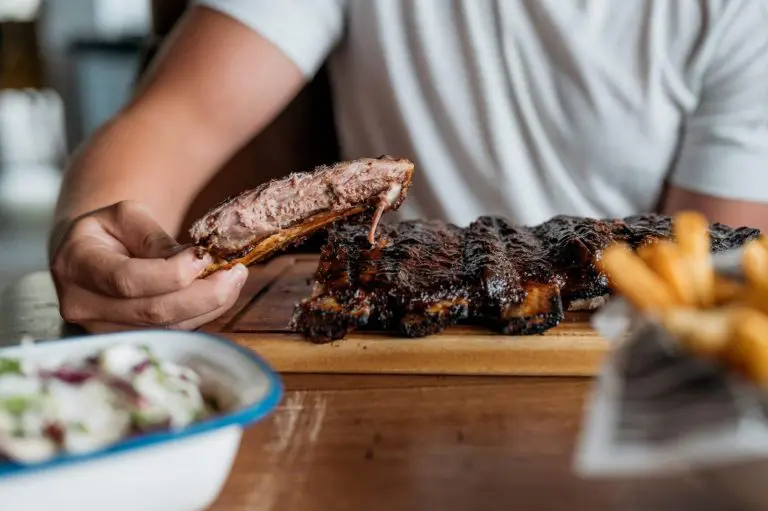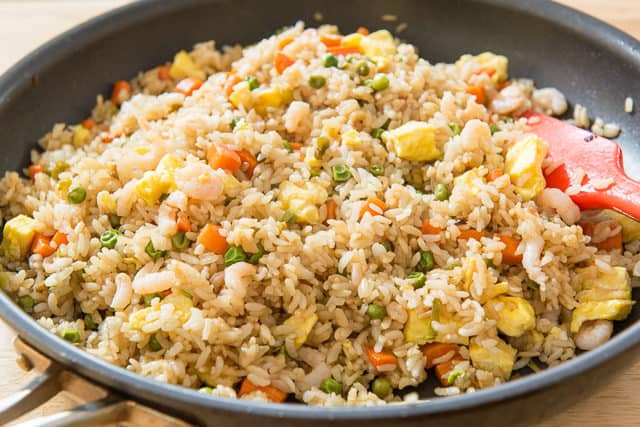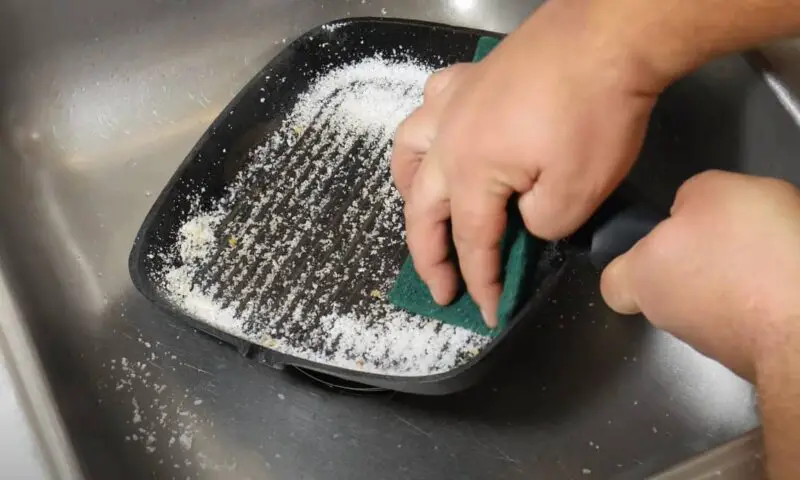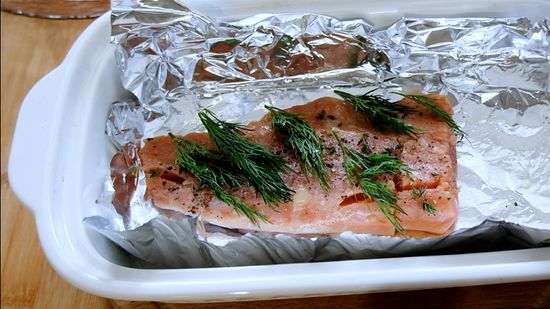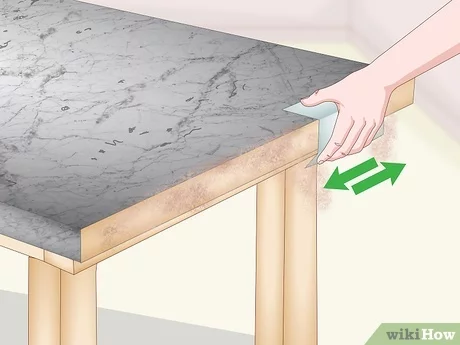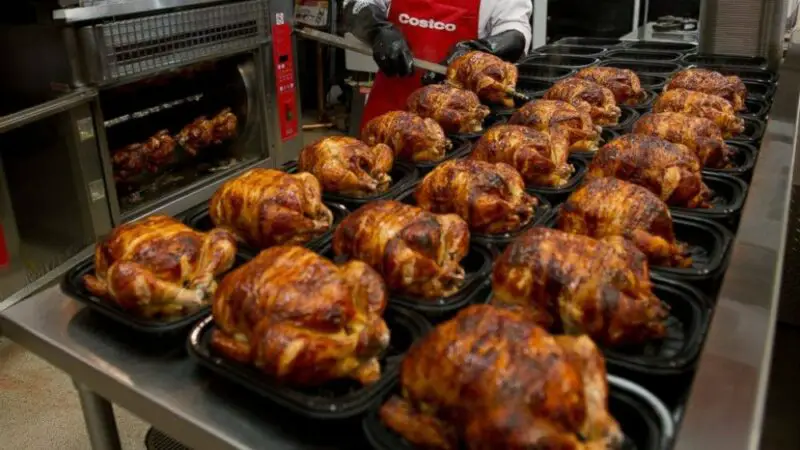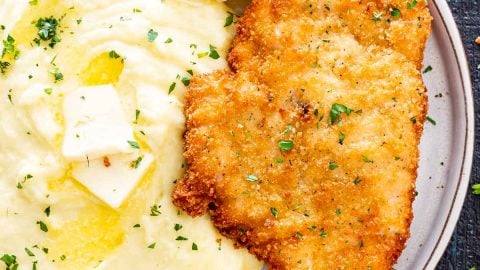Rib lovers worldwide know the heavenly experience of sinking their teeth into perfectly cooked, juicy, and tender meat. Cooking ribs to perfection requires particular knowledge and finesse, as our recipe today shows. In this comprehensive guide, we’ll explore the science behind how ribs get tender, what factors affect tenderness, and how to achieve that perfect balance of firmness and juiciness in your cooked ribs.
## The Science of Ribs
First, let’s understand the composition of pork ribs. Pork ribs consist of bone and muscle covered in a layer of fat. Muscles are made up of bundles of muscle fibers bound together by connective tissue. These fibers are held together by collagen, a naturally occurring protein that gives meat its structure. Collagen is also responsible for making meat tough when cooked improperly.
Collagen is abundant in ribs, which makes them inherently tough. However, it’s essential to note that collagen can be broken down with proper cooking techniques to make the meat tender and succulent. Increasing the temperature during cooking breaks down collagen, converting it into gelatin.
## Factors Affecting Rib Tenderness
Achieving perfect rib tenderness requires considering several factors that affect meat texture. These factors include:
### 1. Cut of Meat
Various cuts of pork ribs differ in terms of their content and quality of connective tissue and fat. The best cuts are ones with higher fat content with little or no bone.
### 2. Cooking Method
Different cooking methods have different effects on rib texture resulting from variations in heating time, temperature levels, moisture retention capacity, and localized heat distribution. Most people prefer slow-roasting since cooking speeds can determine one’s success with rib preparation.
### 3. Temperature
The internal temperature at which pork is cooked affects whether or not it will be moist and tender or dry and tough.
### 4. Time
The cooking time required depends on many factors like the weight and thickness, the cooking method applied, and the internal temperature desired.
### 5. Seasonings & Marinades
Seasonings can also have an impact on the texture of the final product. Marinades aren’t just for flavor. They also contain enzymes that break down fibers in the meat, resulting in more tender ribs after cooking.
## How to Cook Ribs for Maximum Tenderness
Cooking ribs is both an art and a science. Here are a few tips to help you achieve maximum tenderness:
### 1. Choose the Right Cut and Quality
Always go for high-quality meat with adequate fat and connective tissue content because these are essential components that contribute to tenderness. Avoid very skinny or bone-in cuts since these are prone to drying out when cooked.
### 2. Consider Pre-Cooking Prep Work
Pre-cooking prep like brining helps to make your meat tender and juicy; rubbing or marinating your meat with seasonings goes a long way in enhancing flavors as well.
### 3. Cook Low and Slow:
Cooking your pork ribs at low temperatures for long periods is essential because it allows collagen to break down into gelatin, which keeps them moist, flavorful, and tender.
### 4. Rest Before Serving
Resting after cooking allows meats to reabsorb their juices, resulting in richer flavors; serve your ribs immediately or keep them warm by wrapping them in foil for a few minutes until ready to be served.
## Common Pitfalls When Cooking Ribs
Cooking ribs can be tricky, so here are some all-too-common mistakes to avoid:
### Over-seasoning
Ribs should be allowed their natural flavor to make them taste their best – sometimes less is more.
### Over-cooking
Overcooking will dry out the meat resulting in tough, stringy ribs that no one wants.
Understanding how heat affects collagen helps prevent overcooking your ribs. We suggest investing in a digital meat thermometer to take the guesswork out of monitoring your rib’s temperature.
### Under-cooking
Undercooked pork is a dangerous game, posing potential risks for food poisoning. ensure you cook your pork thoroughly.
## Conclusion
Cooking ribs isn’t rocket science, but it requires knowledge, finesse, and insight into the science behind how they get tender. This guide has discussed the various factors that impact tenderness, such as the cut of meat, cooking method, temperature, time, and seasonings & marinades. We’ve also covered how to cook them perfectly to achieve maximum tenderness with tips like low and slow cooking and pre-cooking prep work.
Finally, we’ve run through some common mistakes beginner cooks make when trying to prepare perfect ribs. There’s no need for confusion or frustration when it comes to cooking perfectly tender pork ribs! Follow our guidelines, and you’ll be sure to enjoy delectable ribs that you won’t be able to resist!
Frequently Asked Questions
Do Ribs Get Softer the Longer You Cook Them?
1. Can I overcook ribs?
Yes, you can overcook ribs. The longer you cook them, the softer they become, but there’s a limit to how much time is needed for them to be done. Overcooked ribs will be soft to the point that they fall apart.
2. Will cooking ribs for a more extended period make them more tender?
Cooking ribs for an extended period will break down the connective tissues, making them fall-off-the-bone tender and allowing the meat to absorb flavors more efficiently.
3. What should I do if my ribs are tough after a long cook?
If your ribs are still tough after being cooked for an extended period, wrap them in foil and put them back on the smoker. Alternatively, you can put them in a slow cooker and cook them on low for another hour or two.
4. How do I know if my ribs are cooked as per my preference?
The best way to know whether your ribs are cooked as per your preference is to use a meat thermometer. Insert it into the thickest part of the rib while avoiding the bone and ensure that it reads 195°F to 203°Fahrenheit(90°Celsius). Alternatively, you can also check if the meat falls off from around the bone easily when lifted with tongs.
